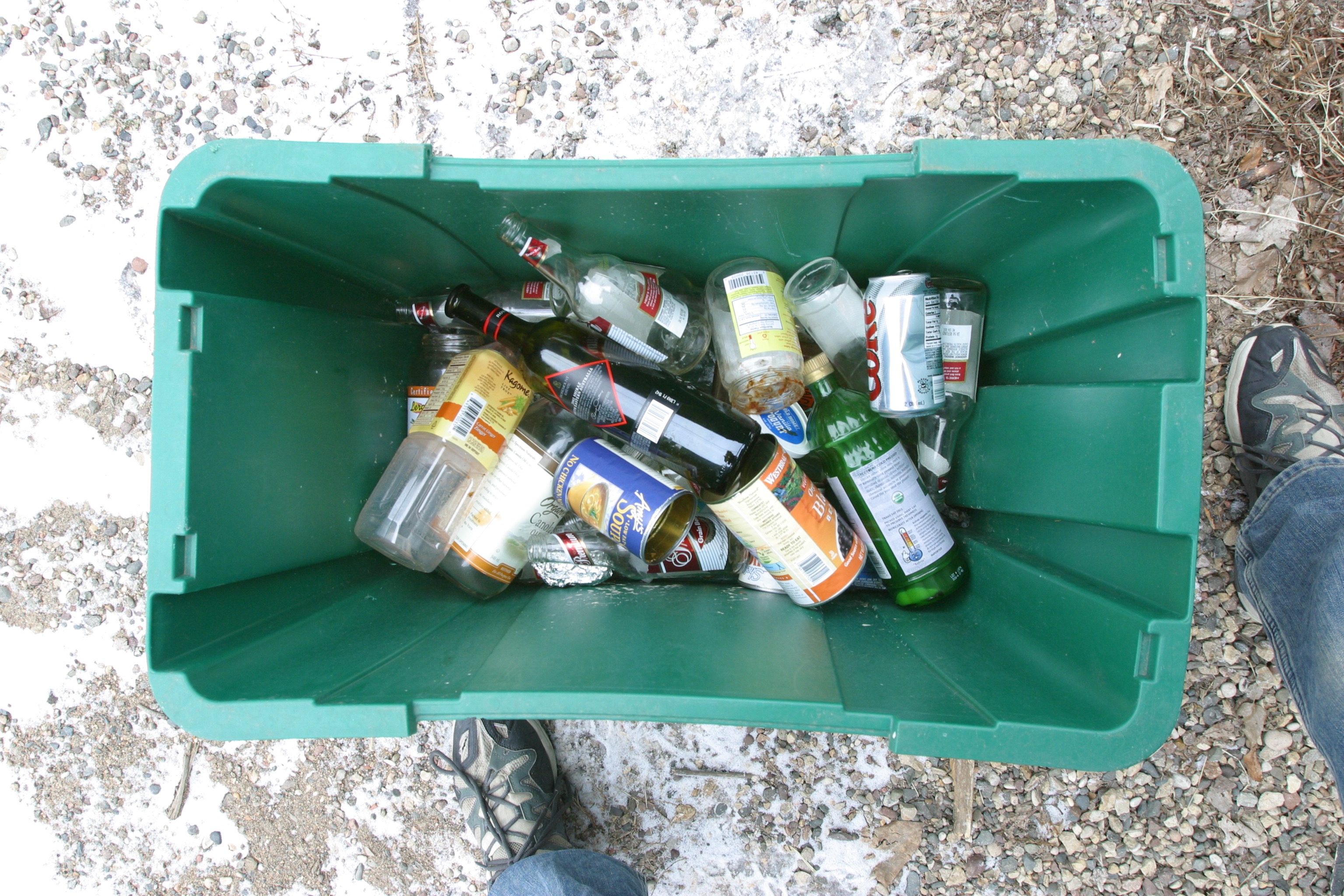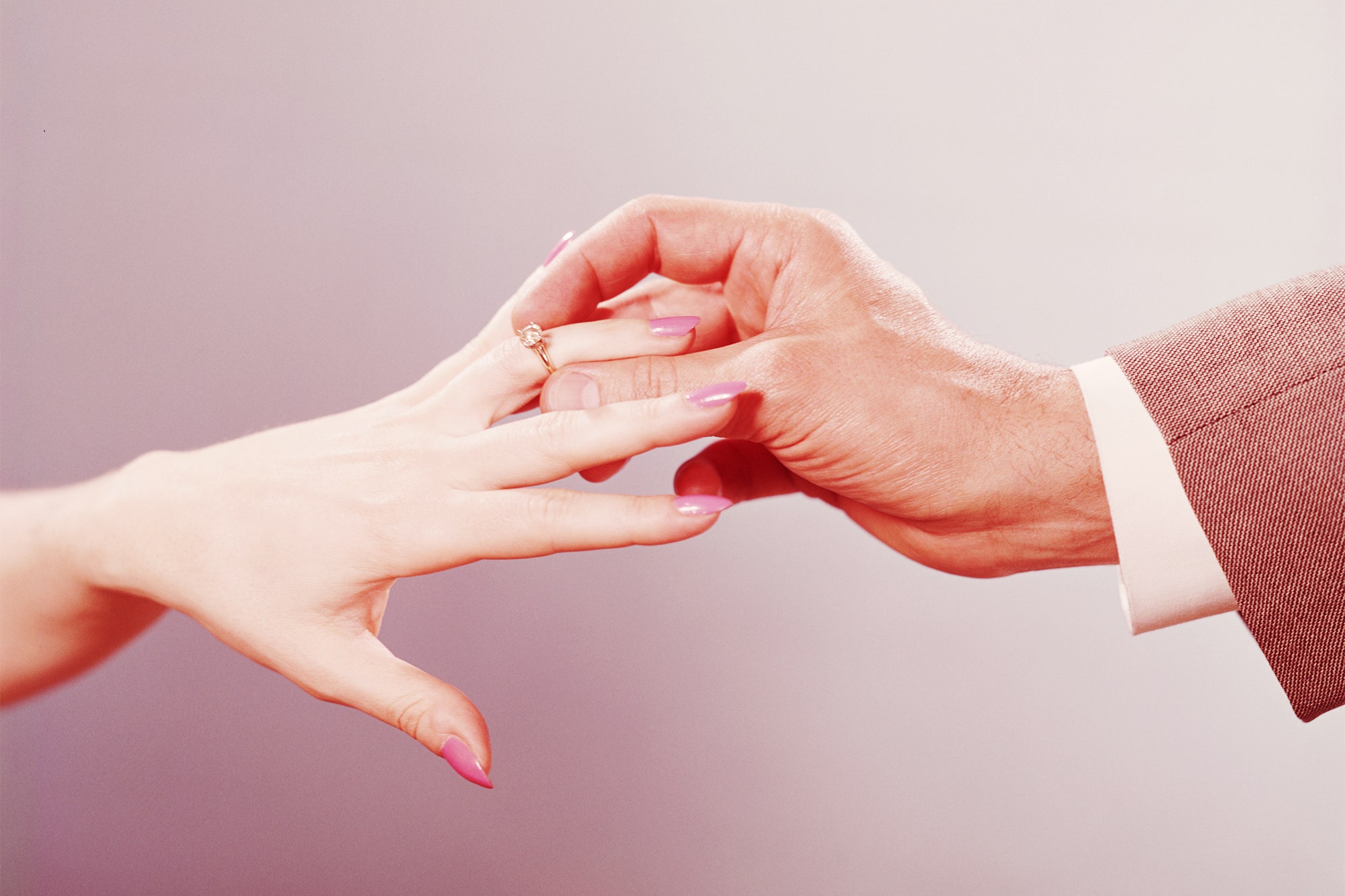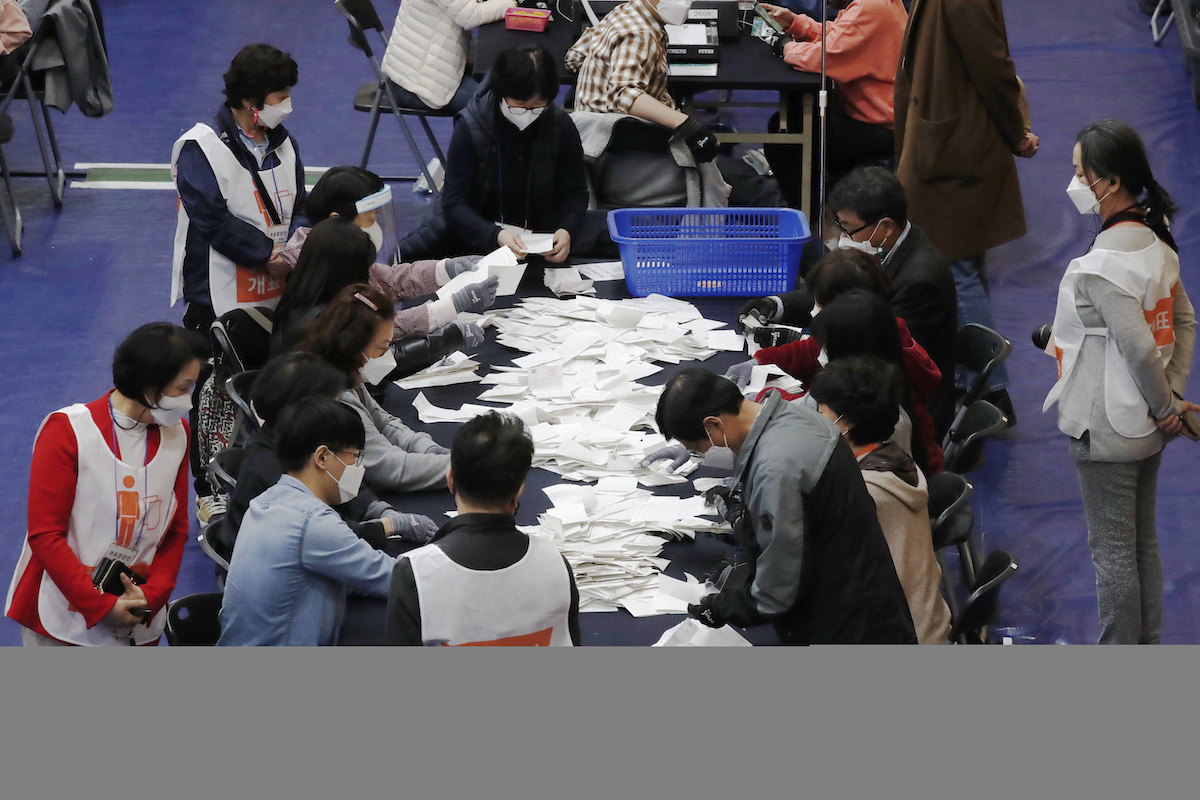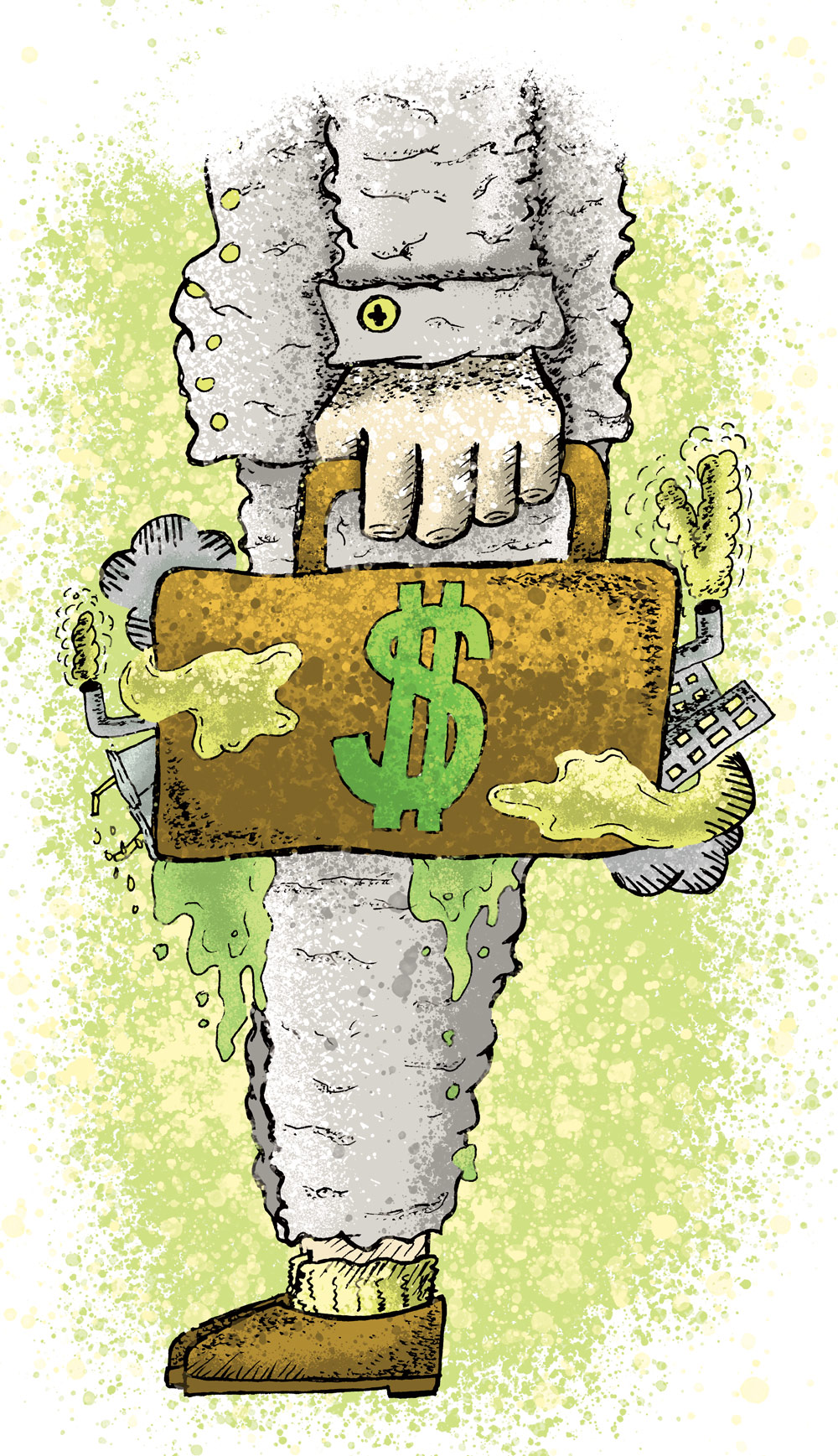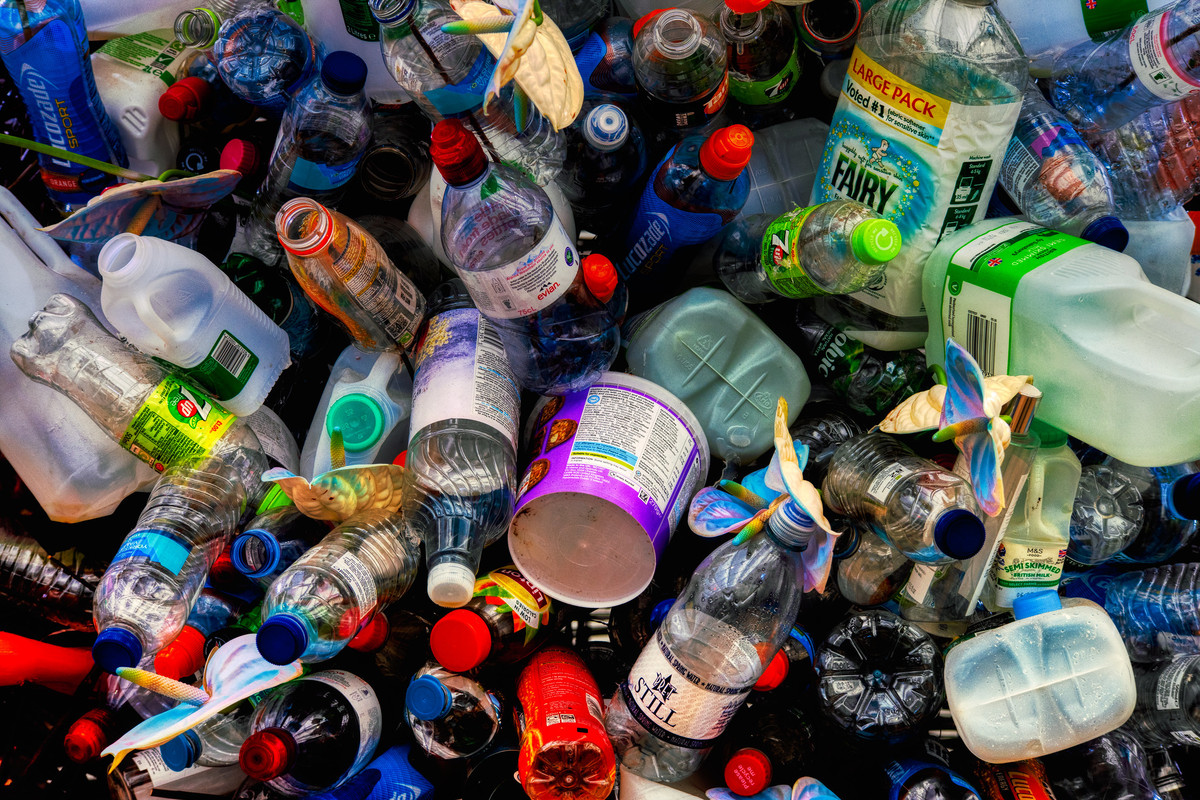In a weary state, I lumbered into a local doughnut shop and purchased 16 ounces of black liquid. The barista handed me a warm disposable cup with a plastic lid. I could already feel the pressure from my headache subsiding. I left the doughnut shop. While walking down a busy SW Broadway in Portland, OR, I repeatedly burned my mouth as I hastily engulfed my scalding drink until I was left with an empty container. I came to a full stop.
I was frozen, standing on the sidewalk with my arm bent at a sharp right angle—a temporary paralysis only broken by my eyes as they glanced from left to right. I stared at the three separate receptacles in front of me and then back to the empty coffee cup with black plastic lid and cardboard sleeve in my hand. The receptacles were labeled: trash, recycle and compost in friendly, reassuring font. But my mind was in torment, wrestling with a grave moral dilemma; Where the hell do I put my cup?
I raised the empty beverage container to just below my nose, and scoured the lid for instructions. An embossed warning label notified me the contents were hot—thanks. The cup was paper so it must go in recycling, right? Popping the lid and peering inside, there was a clear waxy coating beneath dry coffee stains.
I was no closer to answering my dilemma when I decided to extend the cup and black lid over the friendly trash receptacle. But before I condemned the container to the city landfill for eternity, I thought about a polar bear. It wasn’t just any polar bear. It was that poor polar bear adrift at sea on a shrinking slab of ice whose very survival depended upon the choice I made right here, right now. “This one’s for you, polar bear,” I said to myself—out loud and very much in public—as I chucked the cup and lid with confidence into the recycling receptacle. I walked home.
On November 15, 2019, several weeks after the coffee cup dilemma, I joined Rushada Wimer—a longtime friend—for brunch at Cracker Barrel. She was waiting for the dealership to finish work on her car just down the road. A server with a white, cumulus perm showed us to our table. While removing our coats, I noticed Rushada’s ensemble: black boots, black pants and black shirt. This was pretty standard for her. We ordered our food—of course, I ordered coffee—then we played catch up surrounded by hokey, country decor. During a break in conversation and after we finished our meal, I remembered Rushada has done work in waste management, and jokingly, I told her about my moral dilemma with the coffee cup.
“Those coffee cups aren’t recyclable,” she told me rather sternly. “It’s because of the wax lining inside them.” She told me frozen food boxes and some takeout containers have a similar lining. These items, among others, are known as contaminants and ruin recyclable waste streams. Rushada referred to me as a “wish recycler”—someone who tries to recycle contaminants under good intentions, but unknowingly harms the recycling process.
I was dumbfounded by the horrible choice I made. The polar bear that I thought I had saved now plummeted into the warming sea. And it was all my fault.
Not wanting to make the same mistake again, I asked Rushada if she knew any organizations that could provide me with more information. She rattled off a few organizations that focus on sustainability and waste management, including a previous employer Community Environmental Services (CES)—an organization focused on sustainability and researching waste stream management at Portland State. She gave me the contact information for the organizations and we left the restaurant—forgetting to pay for our meal. After we realized our mistake, we went back and paid.
I utilized the information Rushada had given me the following day. As a PSU student myself, I decided to reach out to CES. Through back-and-forth emails, I learned the organization was planning to assess the waste stream for a Portland hotel on November 23 and, if I was willing, I could volunteer to help them sort trash. I told them I was.
At 6 a.m. on November 23, I was jolted awake by the cheerful blare of the default iPhone alarm. Through my apartment window, I saw with groggy eyes the sky was still dark. As instructed by CES, I dressed myself in clothes I wouldn’t mind dirtying: a holey pair of Levi jeans, a sweat stained North Face t-shirt, a black, faded Six Flags hoodie and a musky pair of toe-curled hiking boots.
Now dressed for success, I poured three cups of coffee in a metallic travel mug and grabbed a protein bar for later. As I left my apartment that morning, I saw the night sky and the light of daybreak locked in their eternal, crepuscular struggle as they both moved west over the city. The air was chilly and I could see my breath with each exhale.
I arrived at the CES meeting place—a parking garage—just before 7 a.m. Inside the garage was a chain-link cage and three individuals bundled in thick jackets and knit beanies. They were loading a Ford F-150 with plastic bins. I greeted the crew and we exchanged introductions: Gwynn MacKellen, Benjamen Acord-Becker and Brian Nguyen. I had previously spoken to Brian through the series of emails. Brian—as the Materials Assessment Project Manager of the Solid Waste Assessment Team (SWAT)—was in charge of today’s waste stream assessment.
Now part of the SWAT team, I helped load the truck with equipment: coveralls, hard hats, safety goggles, neon reflective vests, folding tables, stacks of yellow sorting bins, stacks of black plastic tubs, a shovel and gloves. They told me the gloves were the most important. We finished loading and our party split in two. I joined Ben in the truck while Bryan and Gwynn took what I assumed was the other SWAT vehicle: a light-blue Toyota Prius.
As Ben drove us through the drab and foggy Portland morning, he explained he was a graduate student in PSU’s Master of Urban and Regional Planning (MURP) program. He was on track to graduate in the spring of 2021.
Ben told me the sort was part of a Portland hotel’s Leadership in Energy and Environmental Design (LEED) certification—a prominent green-building initiative. CES’s role was to assess the hotel’s level of contaminants in its trash, recycling, and compost waste streams from a 24-hour period. Just before we approached the facility where the waste was being held, I asked Ben what the worst thing he found during a sort was.
“A ziplock bag with bullets and sunflower seed shells,” he replied.
The F-150 pulled into a waste material collection facility on the northwestern side of the city. While Bryan and Ben looked for the facility manager, Gwynn and I waited outside for more CES trash sorters to arrive.
Gwynn was also a student in the MURP program and was planning to graduate in June of that year. She had been with CES since August 2018, but had been doing volunteer work in waste management since 2005. She said the worst items she found at a sort were confiscated knives, needles, used condoms, and bottles of urine during a large event in San Francisco
The other trash sorters arrived just as Brian and Ben returned with permission to commence sorting.
Sorting took place in an immense, open-top warehouse. Exposed to the chill of the morning, I quickly lost the feeling in my fingers despite my outer gloves and the blue vinyl gloves underneath them. The tips of my toes followed suit. Separate heaps of trash, recycling, and compost were stacked about four feet high and eight feet wide. The compost steamed from decomposition in the cool air, and it smelled acidic. We began with the pile of trash first.
We started by shoveling waste into black plastic tubs then carried the filled containers over to a folding table for sorting. Scattered around the tables were yellow plastic bins each one for a different purpose: paper, plastic bags, food soiled napkins, compost, liquids, hot drink cups, cold drink cups, metals, glass and plastic bottles. The waste in the black tub was carefully picked apart—each piece of trash tossed into its appropriate yellow bin. Each yellow bin was weighed and recorded to assess how much recyclable material had been tossed in the trash stream and how much contamination had been tossed in compost and recycling streams.
As I sifted through each bin of waste, my fingers meticulously clawed through moist napkins that were folded around half-chewed wads of food, tissues crusty with dried mucous, rust-colored tampons and nearly empty soda bottles that would often drain viscous backwash over my gloves. I chucked them all into yellow bins. The person sorting next to me found a used condom and a blood-soaked hotel sheet. Sorting through the recycling was less vile. However, the sloppy tubs of compost had the same consistency as chunky vomit. With the compost just below my nose, the acidic odor was strong enough to leave a sour taste in the back of my throat.
We completed the waste assessment around 5 p.m., after sorting, weighing and cleaning the equipment. Before we left, we scrubbed our hands in the waste collection facility’s restroom. I knew singing “Happy Birthday” twice was the recommended amount of time for washing my hands, but I stopped counting after six.
As Ben drove the SWAT vehicle back to the parking garage, the sky was locked in a crepuscular struggle once again. Ben and I agreed we were in desperate need of a shower.
I noticed my travel mug, resting in a cup holder. I lifted it by its handle and gave it a jostle: a swig’s worth of coffee at the bottom. Tilting my head back and raising the mug to my lips, I downed my coffee in one mouthful, now cold from sitting out all day. I immediately thought of the thick backwash that poured slowly out of old soda bottles. And then I felt sick.

